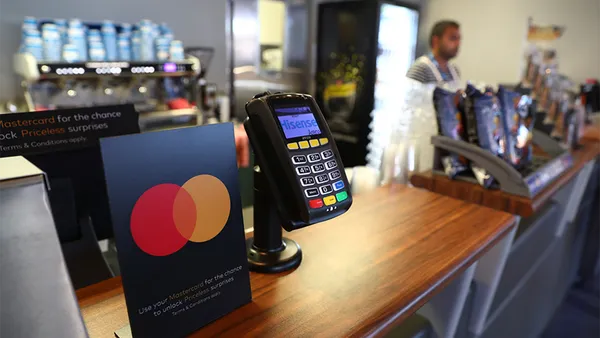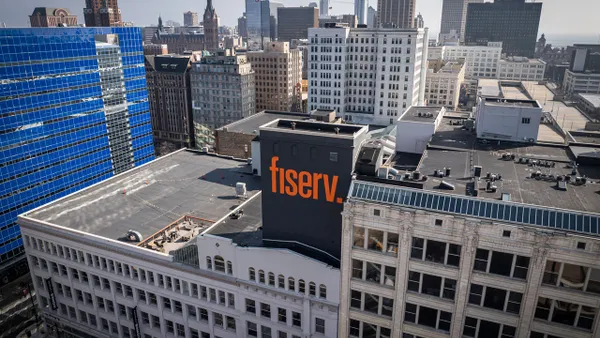Growing revenue and reducing fraud risk often go hand-in-hand for e-commerce merchants. That’s especially true during the holidays when companies anticipate increased sales volume and increased fraud activity to go along with it.
The impact on financial performance is significant. E-commerce fraud cost merchants $41 billion last year, according to Statista. Every $100 worth of fraudulent orders costs e-commerce merchants $207 in tangible losses, according to Signifyd, an Adobe Platinum Technology Partner. A key way for retailers to fight back is to ensure they’re making the most of their fraud solution—or consider platforms that provide improved protection.
“The holidays put increased focus and pressure on merchants’ fraud solutions to step up to the increase in sales and reduce the risk,” says Mike Cassidy, Signifyd’s head of storytelling. Signifyd’s Commerce Protection Platform integrates with Adobe Commerce to provide brands with protection from fraud and policy abuse, leading to higher conversions and increased customer lifetime value.
As you prepare for the shopping rush this holiday season, the following questions can help determine whether you’re getting the most from your fraud solution:
1. Does your solution leverage merchant networks?
The more transactions that a fraud prevention solution encounters, the better it becomes at distinguishing between fraudulent orders and legitimate orders. One of the most effective ways to ensure those determinations are correct is by creating a merchant network—and leveraging the data produced for every customer’s benefit. For example, Signifyd’s Commerce Network and the transactional intelligence it produces enable its Commerce Protection Platform.
The Signifyd network consists of thousands of merchants in all verticals around the world, offering insights from 600 million unique shopper wallets. “All those insights are important because they allow Signifyd’s machine learning models to know which orders are trustworthy instantly and should be fulfilled.” Cassidy says. As a result, Adobe Commerce and Magento Open Source merchants using the Signifyd extension sidestep both real fraud and declines of legitimate orders due to the fear of fraud.
Fraud solutions that leverage a network benefit merchants and customers by improving the overall transaction experience, maximizing conversion and reducing fraud loss along the way.
2. Is your solution using balanced machine learning?
Machine learning has transformed fraud prevention, enabling companies to turn vast amounts of data into actionable insights like never before. However, understanding how a fraud solution uses machine learning to help merchants and their customers is essential —and some approaches are more effective than others.
Cassidy says merchants should prioritize solutions that use balanced machine learning. This refers to how the machine learning model evaluates the different types of data it’s evaluating. Balancing the learning means ensuring that the model doesn’t give more weight to one set of data simply because it is larger in number than another data set. For example, when it comes to online orders, the set of legitimate orders far outnumber the set of fraudulent orders. “Leaving the two sets of data out of balance for training purposes would provide a distorted picture of the real world, which in turn would provide a distorted picture of the model’s effectiveness,” Cassidy says.
For instance, if a model was trained on data that included 99% legitimate orders and 1% fraudulent orders, it could achieve an accuracy rate of 99% by approving every single order. Unfortunately, it would also fail to detect even one fraudulent order — not a good outcome for a model made to protect a business from fraud.
Adobe Commerce merchants benefit from Signifyd’s machine learning models, which are unique due to the company’s extensive network and more than a decade of transaction data across multiple retail verticals. Applying the balanced approach to such a large database creates an exceptionally reliable model.
3. Does the solution/vendor assume fraud liability?
Not all fraud solution providers offer a full liability shift. Signifyd’s liability shift, also known as its 100% Chargeback Guarantee, provides Adobe Commerce and Magento Open Source merchants with a financial guarantee against fraud on approved orders. “In today’s uncertain economic times, knowing that liability will fall to Signifyd allows brands to ship orders with confidence and not turn away good revenue,” Cassidy says. In addition, the automated solution allows merchants to scale their fraud protection as their business grows without expanding their fraud teams.
A liability shift also puts online operations on an equal footing with physical stores. When fraudsters present a chip-enabled physical credit card for a transaction, the liability for fraud shifts to the bank. Online merchants don’t enjoy the same protection. However, a guarantee like the one Signifyd offers levels the playing field.
There’s having a fraud solution, and then there’s maximizing your solution to reduce risk and improve the customer experience. Learn more about how Adobe’s partnership with Signifyd can help you reduce fraud risk during one of the busiest times of the year.










